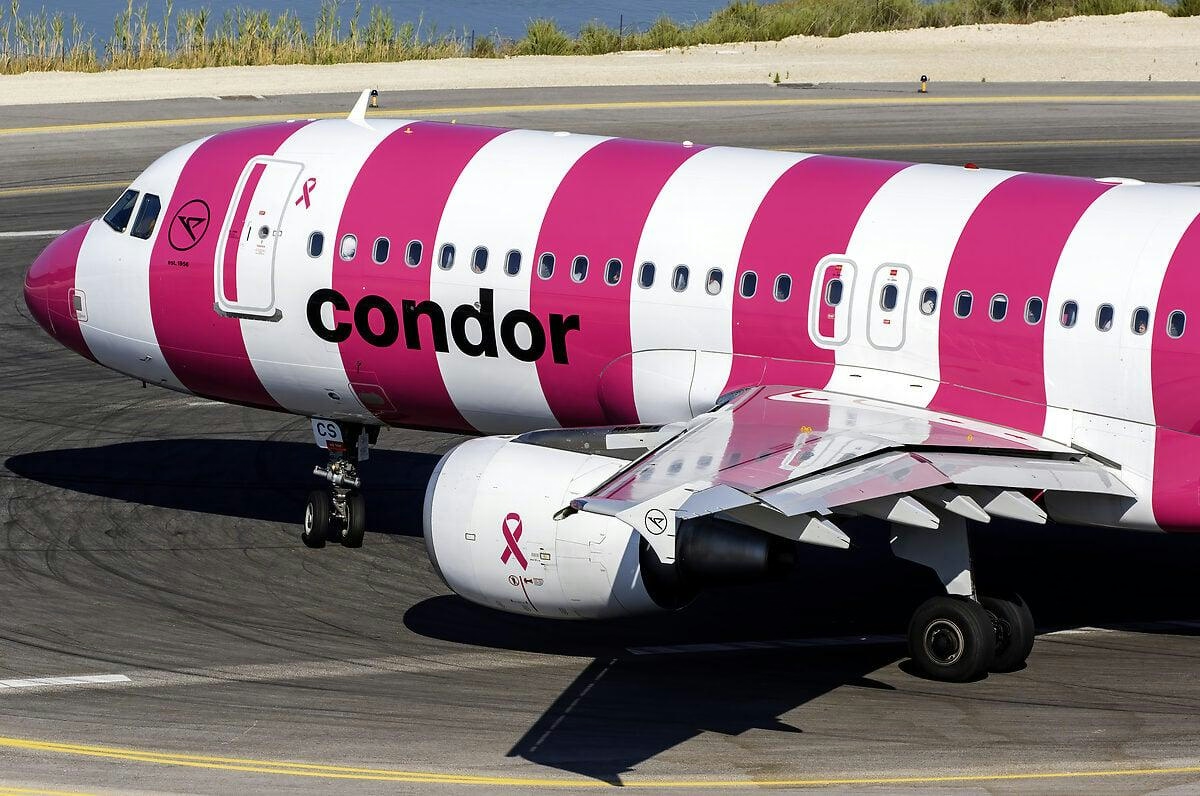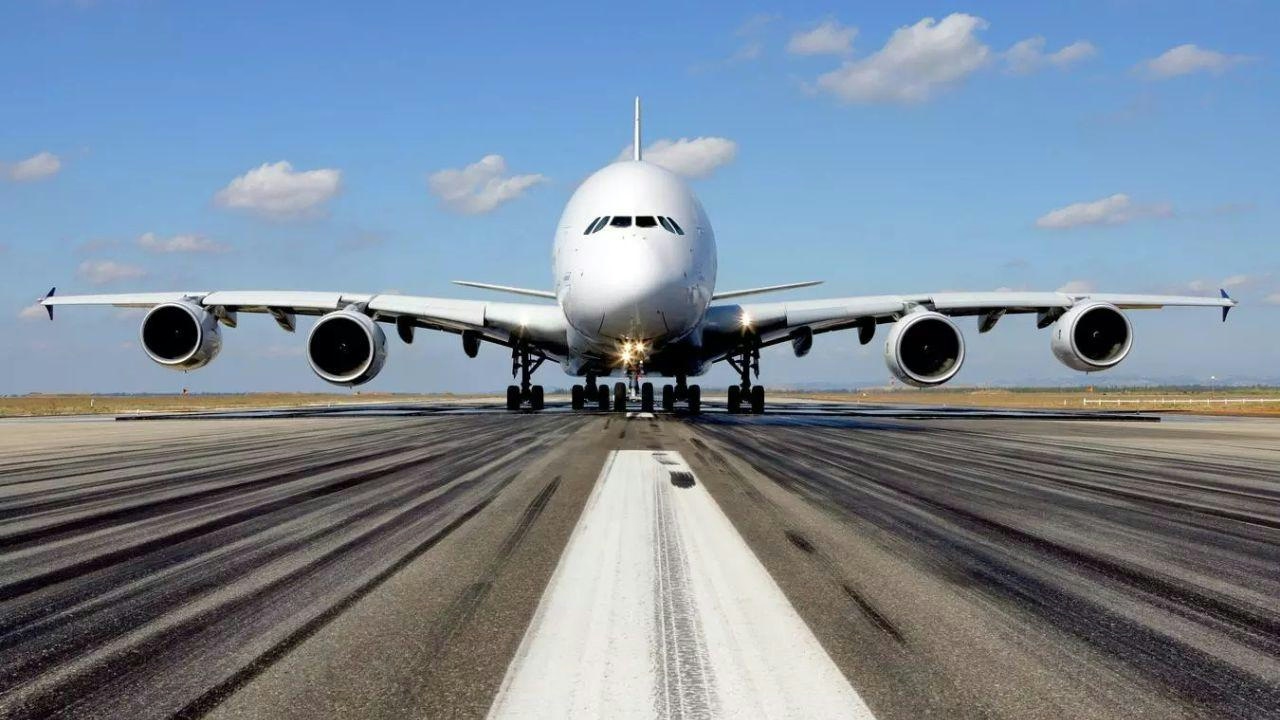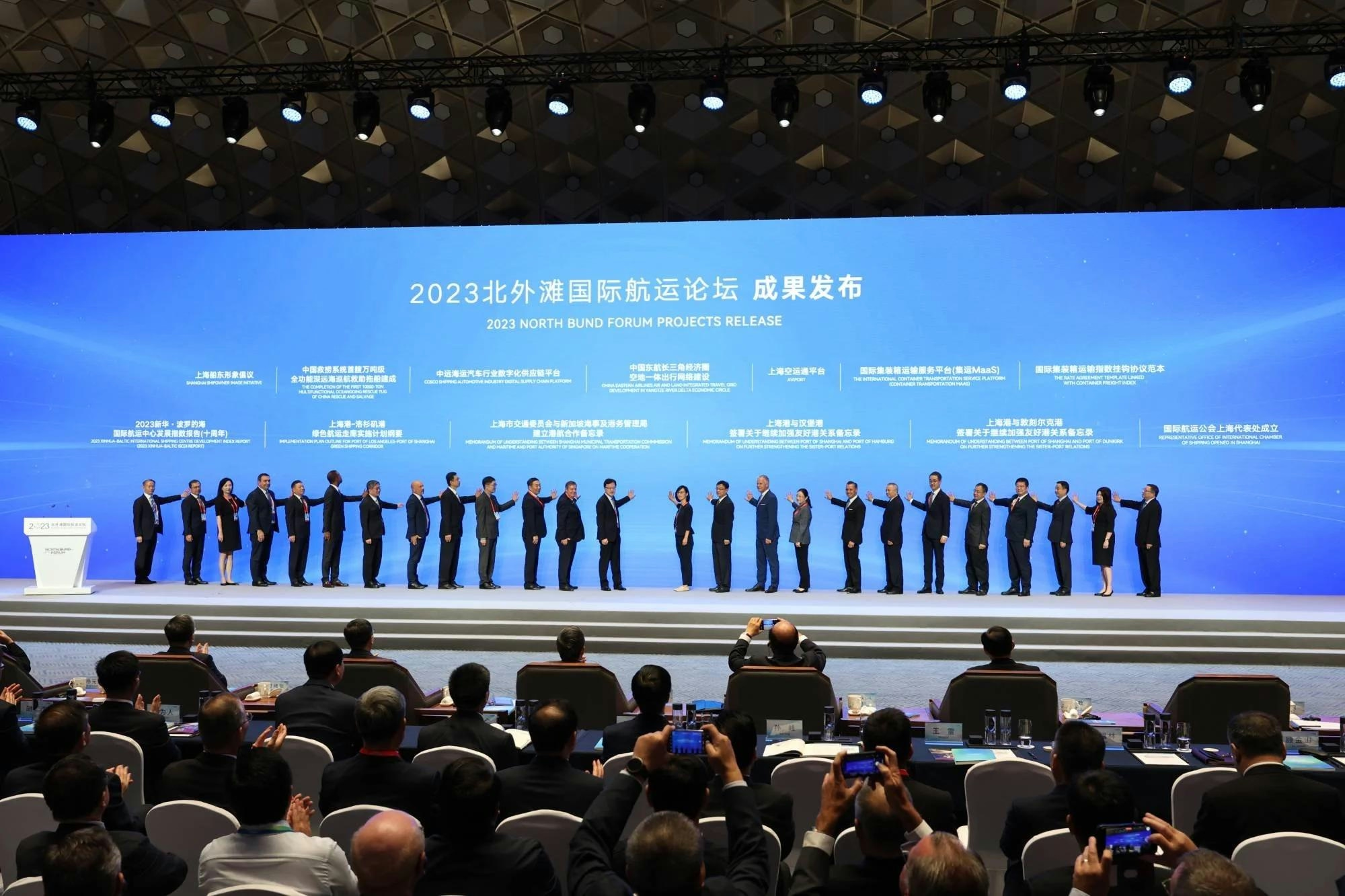
AeroGenie — あなたのインテリジェントな副操縦士。
現在のトレンド
Categories
APOC Signs Engine Lease Agreement with Condor

APOC Finalizes Engine Lease Agreement with Condor Amid Rising Market Demand
APOC Aviation has secured a twelve-month green-time lease agreement to provide a CFM56-5A engine to Hamburg-based airline Condor, reinforcing the ongoing partnership between the two companies. The engine, designated as a spare by Condor’s technical team, will be installed immediately on one of the airline’s Airbus A320 aircraft and remain in operation throughout the lease period. Following the lease term, the engine will return to APOC’s inventory for teardown and part-out scheduled for the subsequent year.
Market Context and Industry Implications
This agreement arrives amid increasing demand for CFM56-5A engines, which continue to play a vital role in supporting older Airbus A320 family aircraft. Bruce Ansell, Technical Manager of APOC’s Engines Division, highlighted the sustained operational presence of these engines and the resulting market pressures. He noted that rising demand coupled with limited availability has driven up prices for CFM56 engines and their components, prompting APOC to expand its lease portfolio of these variants. Ansell emphasized that airlines are focusing on reliability and maintenance solutions to reduce downtime and maximize fleet utilization. Despite the growing adoption of newer engine types, he anticipates that demand for CFM56 engines will persist through 2030 due to current availability and reliability challenges.
Condor, with nearly seventy years of operation and a network serving over eight million passengers annually across seventy destinations, is in the process of modernizing its short- and medium-haul fleet with new A320neo and A321neo aircraft. Ronald Restorf, Asset Manager at Condor, explained that until the fleet renewal is complete, the airline continues to operate A320ceo aircraft maintained by its in-house maintenance organization, Condor Technik. He stressed the importance of partnering with a reliable engine lessor whose portfolio aligns closely with Condor’s lease requirements to support ongoing maintenance and operational needs.
Strategic and Competitive Considerations
While the lease agreement enhances the operational capabilities of both APOC and Condor, it also introduces challenges related to regulatory compliance, operational integration, and financial management. The progression of the lease will require careful navigation of these factors to ensure success. Market responses to such strategic partnerships often manifest in stock price fluctuations for the involved companies, reflecting investor assessments of the agreement’s value and impact.
Furthermore, this development is likely to prompt competitive responses within the aviation sector, as rival airlines and lessors may pursue similar lease arrangements or devise new strategies to maintain their market positions. The intensifying competition underscores the dynamic nature of the industry, where strategic collaborations can significantly influence market dynamics and competitive positioning.
As Condor advances its fleet modernization and APOC broadens its engine lease offerings, both companies are positioning themselves to adapt to the evolving demands and supply chain constraints shaping the future of the aviation sector.

Europe Advances Aviation Sustainability Through SAF Mandates and Innovation

Lufthansa's Fleet Plans for 2025

Fifteenth National Games Model Aviation Finals in Longhua Showcase Drone Sports and Innovation

Brazilian Woman Becomes First Female Captain of Airbus A380

Airbus and Boeing: Comparing Their Global Reach

Vietjet Orders 100 Airbus A321neo Jets, Strengthening UK-Vietnam Strategic Partnership

The Aircraft Set to Replace the Iconic Superjumbo

Delta Air Lines Introduces AI-Powered Concierge Service

Shanghai to Host 2025 North Bund International Aviation Forum
